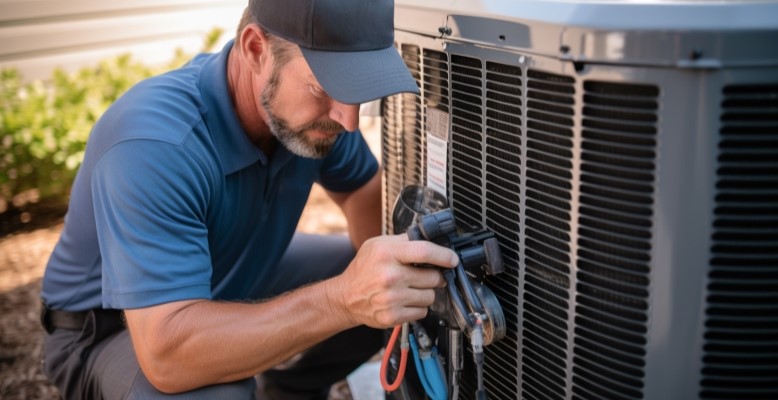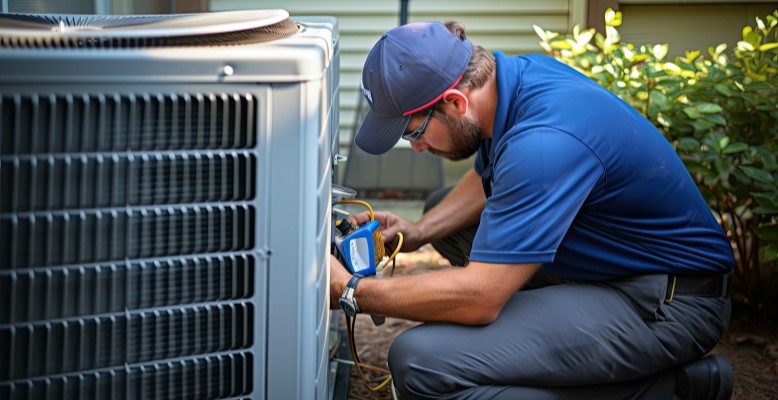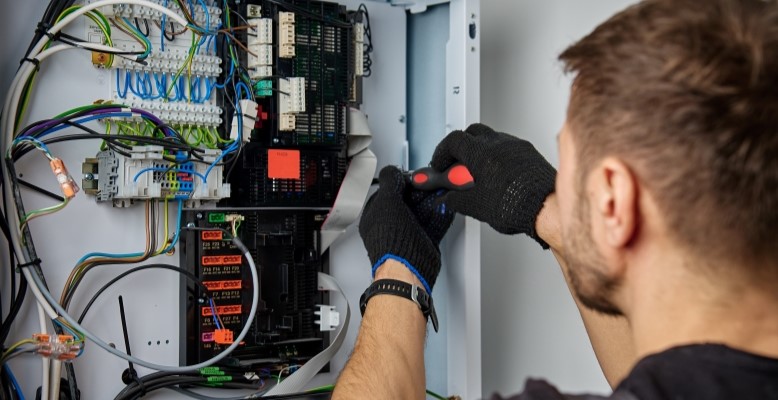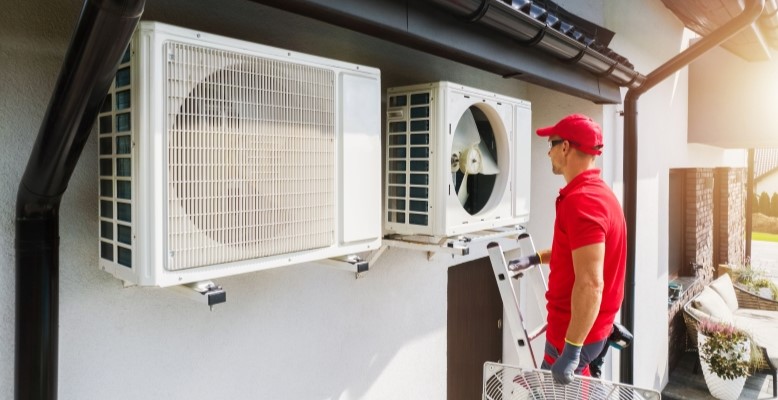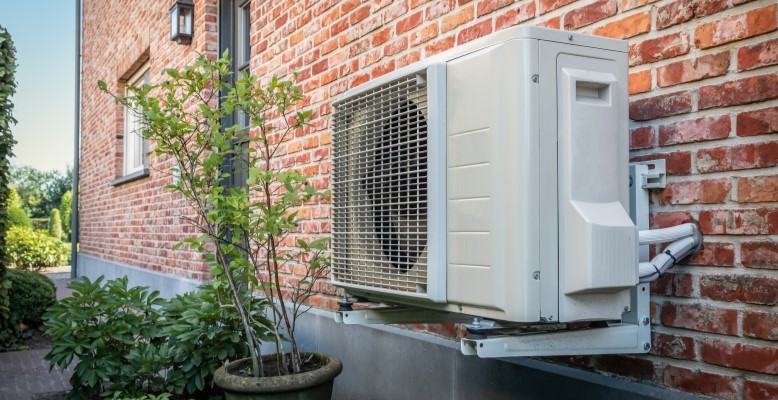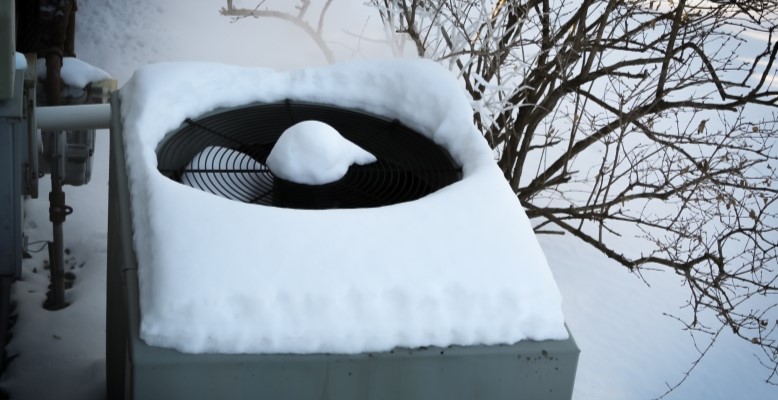Published on January 22, 2025 by: alhhvac
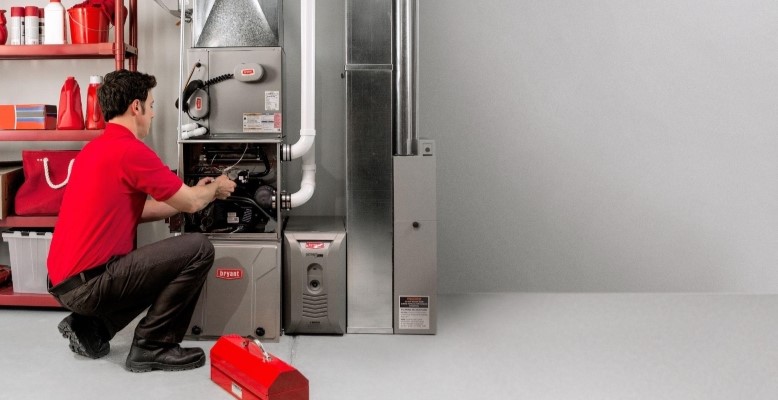
Choosing the Right Energy Efficient Furnace Installation for Your Property
The right furnace can help reduce heating costs while keeping your home warm and comfortable. As energy prices continue to rise, many homeowners are looking for energy efficient furnaces that offer improved performance at a lower cost. Choosing the best energy efficient furnace for your specific needs can be challenging, however — especially if you don’t know where to start.
This guide from the experts at ALH explains how to maximize efficiency with both gas and electric furnaces — covering how Annual Fuel Utilization Efficiency (AFUE) ratings work, how efficiency standards impact energy efficient furnace performance, and the best ways to optimize efficiency, including tax breaks for energy efficient furnaces. We’ll also highlight how ALH can help homeowners choose and install the best energy efficient furnace for their home and answer frequently asked questions (FAQs) about energy efficiency.
Annual Fuel Utilization Efficiency (AFUE) Explained
Annual Fuel Utilization Efficiency (AFUE) measures how efficiently a furnace converts fuel into heat. This number is expressed as a percentage and represents the amount of fuel used directly for heating versus what is lost in the combustion process.
The combustion process occurs when furnaces burn fuel such as gas, oil, or propane to generate heat. Through heating fuel, burners produce exhaust gases which lead to energy loss and a reduction in overall efficiency.
AFUE in Energy Efficient Furnaces
Energy efficient gas furnaces, along with wood and oil furnaces, are designed to minimize these losses and convert as much fuel into heat as possible.
In general, newer furnaces must meet minimum AFUE requirements set by federal regulations. As a result, modern furnace models tend to have much better AFUE ratings than older units and are more energy efficient. There, however, more efficient furnaces on the market.
Efficiency Standards: 80% AFUE vs. 90%+ AFUE
Furnaces are categorized into different efficiency levels based on their AFUE ratings. This classification system helps regulators track furnace performance while allowing consumers to choose the best furnace for their needs. Generally, there are two types of furnaces: standard efficiency furnaces and high-efficiency furnaces.
Standard Efficiency Furnaces
Standard efficiency furnaces have an AFUE rating of 80%, meaning about 20% of the fuel they use is lost as waste. These models are typically cheaper to install but often lead to higher energy bills over time compared to an energy efficient furnace.
High-Efficiency Furnaces
High-efficiency furnaces have an AFUE rating of 90% or higher. They maximize fuel conversion into heat by using advanced features such as sealed combustion chambers and secondary heat exchangers. Typically, high-efficiency furnaces cost more to install but provide long-term savings on heating bills. This applies to energy efficient wood furnaces, as well as oil and gas furnaces.
Choosing an Ideal Furnace for Your Property
It’s important to consider other factors besides AFUE ratings when selecting an energy efficient furnace. Other features of a furnace to keep in mind include:
- Fuel Costs: Gas vs. electric rates in your area.
- Climate: Colder regions benefit more from high-AFUE models.
- Usage Needs: Home size and heating requirements.
- Tax Credits: Incentives vary based on efficiency ratings.
Balancing operational efficiency, upfront installation costs, and expected energy savings is key. Consulting a professional can help determine the best fit for your home.
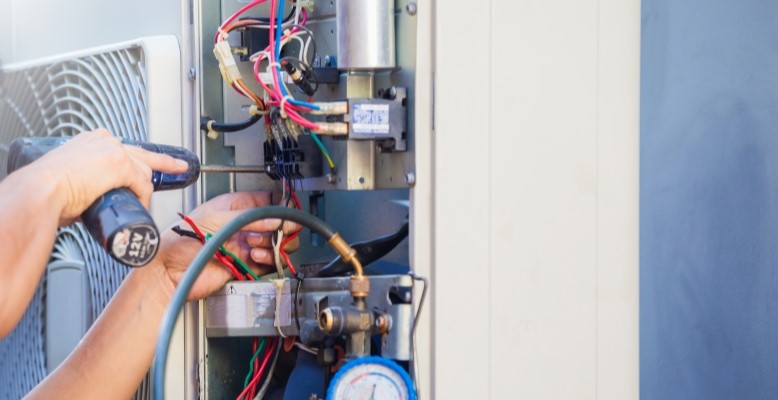
Maximizing Efficiency for Gas & Electric Furnaces
Gas and electric furnaces rely on different energy sources. For that reason, it’s important to understand the key differences when maximizing your energy efficient furnace’s performance.
Gas Energy Efficient Furnaces
Gas energy efficient furnaces are popular among homeowners because of their affordability and reliability, especially in areas where natural gas is readily available. However, gas furnaces require periodic maintenance, and regular inspections can help identify inconsistencies and inefficiencies early on. These inefficiencies may include:
- Dirty or Clogged Filters, reducing airflow and making the furnace work harder and less efficiently.
- Aging Components and older parts that may not function properly, leading to uneven heating and energy loss.
- Cracked Heat Exchangers, leading to reduced efficiency and potential safety hazards such as carbon monoxide leaks.
- Inconsistent Thermostat Readings, causing the furnace to cycle on and off irregularly, thus wasting energy.
- Leaky or Poorly Insulated Ductwork, causing heat loss before warm air reaches living spaces and reducing overall efficiency.
- Pilot Light or Ignition Issues, leading to inefficient combustion.
- Blocked or Dirty Burners preventing even burning of fuel, reducing efficiency and potentially causing furnace shutdowns.
Over time, if a gas furnace becomes too old or requires frequent repairs, upgrading to a new, more energy efficient furnace may be the best choice.
Electric Energy Efficient Furnaces
Unlike gas furnaces, electric furnaces operate at nearly 100% efficiency since they don’t lose energy through combustion. This increase in efficiency is offset by the fact that electricity costs are typically higher than natural gas costs on a month-to-month basis. Homeowners concerned about electricity costs can improve efficiency by:
- Using zoned heating
- Upgrading insulation
- Automating furnace usage with a programmable thermostat

How Andy Lewis / Hobson Enhances Furnace Efficiency
For over 50 years, ALH has been the Greater Atlanta area’s go-to provider of energy efficient furnaces. We partner with leading manufacturers like Bryant to offer furnaces that maximize performance while minimizing energy and financial costs.
Our approach includes:
- Expert consultations to determine the best furnace for your home
- Installation of energy efficient gas, electric, and oil furnaces
- Comprehensive furnace repair and maintenance services to ensure peak performance
We believe in maximizing furnace efficiency while keeping costs affordable. This month, we have a special deal—get a free Bryant energy efficient furnace when you install a new HVAC system! Bryant’s high-performance energy efficient furnace is among the best options available for homeowners looking to reduce heating costs. This limited-time offer helps you save big by providing you with top-tier hardware at no additional cost. Contact us today to learn about this promotion, alongside other ways our HVAC solutions can transform your property.
Frequently Asked Questions (FAQs) About Energy Efficient Furnaces
Are electric furnaces energy efficient?
Yes, electric furnaces operate at nearly 100% efficiency since they do not lose energy through combustion. However, higher electricity rates can make them more expensive to operate than high-efficiency gas furnaces. Using a programmable thermostat and zoned heating can help improve efficiency.
Are new furnaces more energy efficient?
Yes, modern furnaces are significantly more efficient than older models due to higher AFUE ratings and advanced thermostat controls.
What is the most energy efficient furnace?
The most energy efficient furnace is typically a gas furnace with a 95%–98% AFUE rating.
Is a new energy efficient furnace tax deductible?
Homeowners may qualify for a tax credit for energy efficient furnaces when purchasing a new high-efficiency unit that meets federal standards. There are also tax breaks for energy efficient furnaces available depending on the size, type, and manufacturer.


